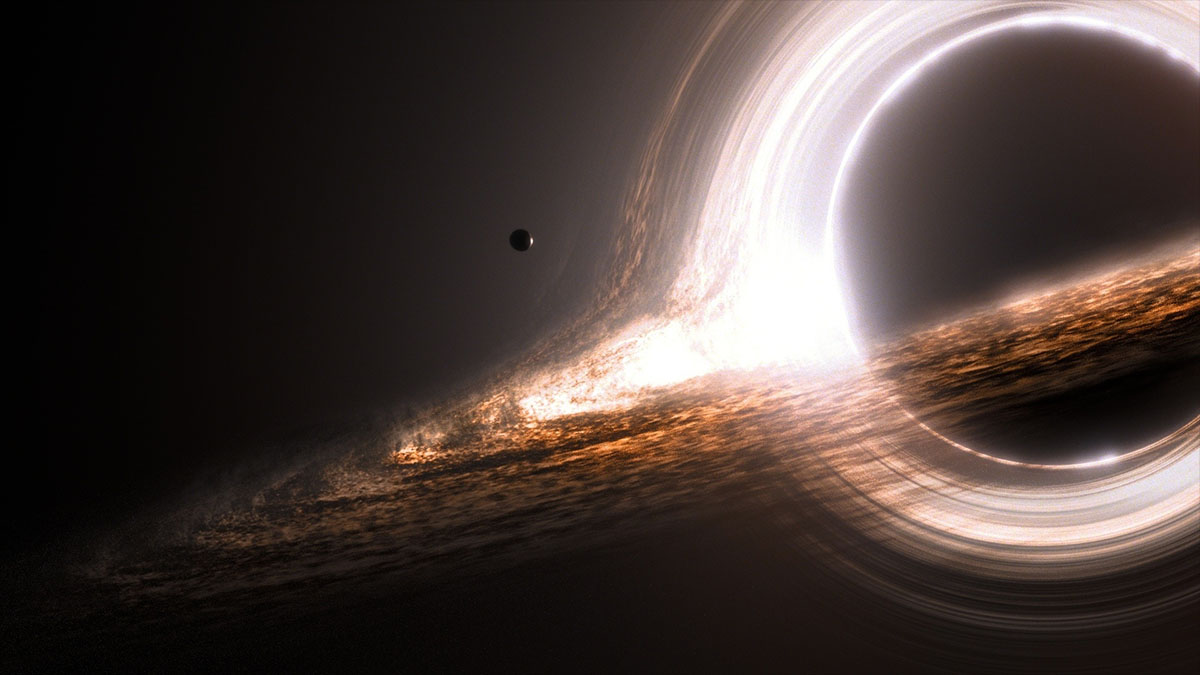supermassive black holes, the paradoxical creators of stars, planets, and life

Black holes are places where the laws physics as we know them break down as they’re spun a thousand times per second in trillion degree plasma made of elementary particles. And while they get a bad rap as evil cosmic vacuum cleaners in low budget sci-fi, their reach doesn’t extend past the gravity of a stellar object with the same mass. It’s their extreme tidal forces that latch on to falling objects with enough strength to pull their atoms apart before they accelerate them to nearly the speed of light and, well, no one really knows exactly what happens after that. Weirder still, they’re surprisingly common, so much so that one day they will become the dominant objects in what we understand to be our universe, and their largest and heaviest variants are at the core of almost every galaxy, devouring stray stars and gas on a colossal scale during galactic collisions powerful enough to whip the event horizons of those supermassive monsters at near the speed of light. So one would be forgiven for thinking of black holes as agents of death and chaos, a sort of lawful evil on a role playing game’s character alignment matrix.
However, nature being itself and unconstrained by our ideas of how things should work gave supermassive black holes a way to create while they’re in the middle of destroying. You see, black holes can only attract and devour a finite amount of matter. While the heaviest class of these objects can tip the scales at between several million and several tens of billions of solar masses, they’re only so wide across, often fitting comfortably inside solar systems of stars like the Sun. During massive galactic collisions, millions of stars near the merging black holes are stripped of their gas which stretches into bright and turbulent accretion disks on its way into the event horizon. Such huge influxes of matter back up on themselves and are basically belched out by a pulsing, busily munching black hole. As all this material is ejected, it forms clouds of gas that are heavy enough and hot enough to start fusion, turning into new stars. Some will be extremely heavy, burning for just a few million years before going supernova and triggering the creation of new stars while seeing early planetary disks with heavy elements necessary for life.
We’ve long seen indirect signs of this from observations of galaxies which were in the middle of colliding, but now, European astronomers working at Chile’s creatively named Very Large Telescope, have seen direct evidence of star formation in the ejecta of merging supermassive black holes. And these new stars aren’t just going to be short lived embers, many are being formed between 1,000 and 10,000 light years away from the merging gravitational heavyweights, meaning that they’ll be well out of reach of the single black hole that will eventually coalesce at the center of the merged galaxy. After they die, they will leave enough matter behind to birth new generations of stars and new planets, and so on. And some of these planets orbiting stars directly and indirectly spawned by feeding black holes are bound to host life just by the laws of probability. Future alien civilizations may arise and never find out that they owe their existence to what amounts to a belch by a weird and eerily opaque sphere to which gravity is a mere plaything.
So next time you think of a supermassive black hole, don’t think of a scary monstrous thing just waiting for you to come to close so it can do all kinds of unspeakable things to your atoms and subatomic particles, though if you get careless around it that’s pretty much what will happen to you. Instead, think of it as a kind of cosmological mixer, stirring raw materials that could become stars, planets, and eventually life, with every galactic collision. Who knows, maybe the direct ancestor of our Sun was born when the Milky Way was undergoing one of its many mergers, drifting farther and farther to the end of a galactic arm far away from the chaos of the galactic core, giving its children a shot at a stable orbit for billions of years. And it’s pretty amazing how it seems that black holes may just hold clues not only to the creation of the universe, but to the formation of galaxies and maybe even life itself…





